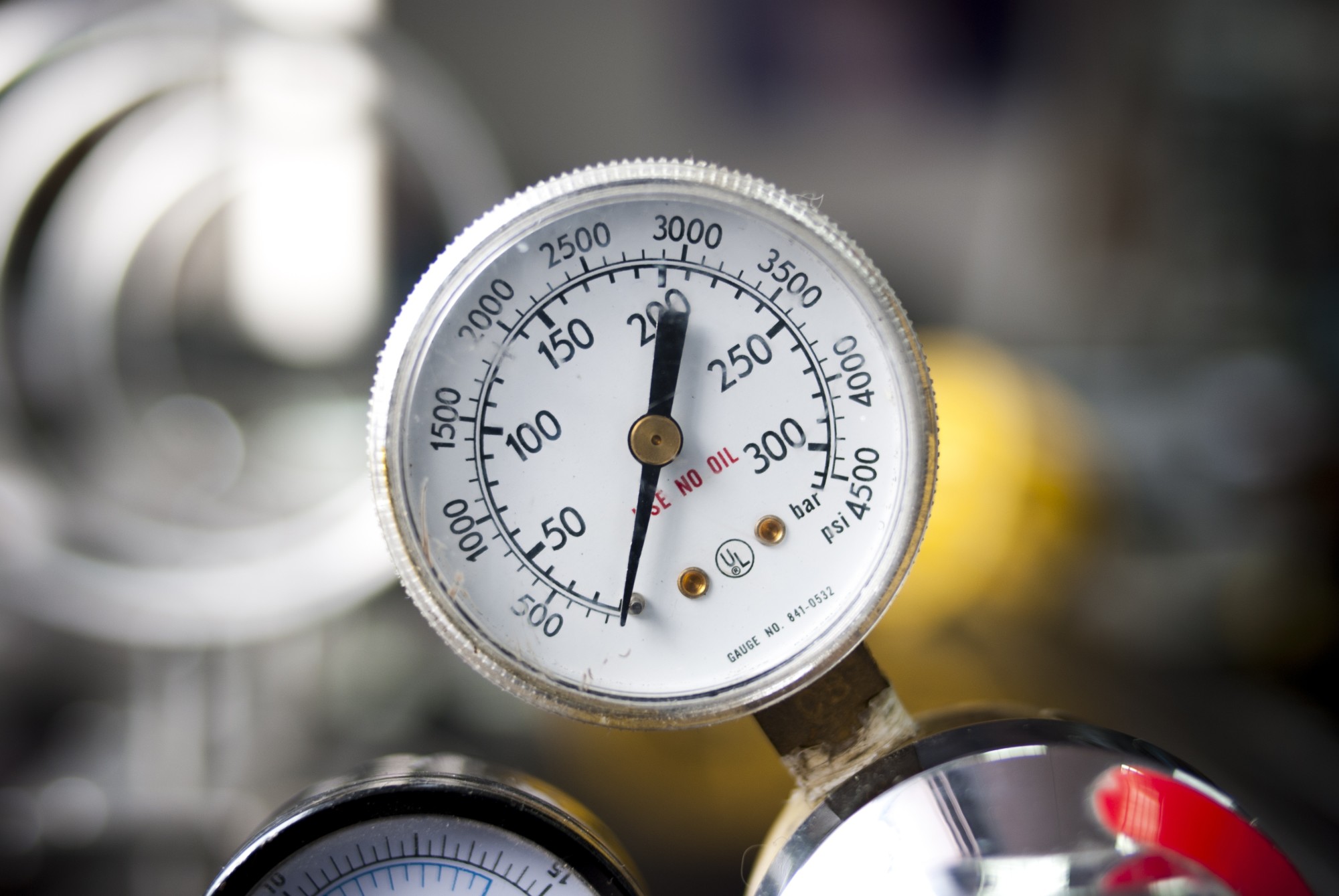
Engineering 101: What Is a Pressure Gauge?
When we are kids, we use a lot of things that need air: think basketballs, footballs, soccer balls, and the good old-fashioned bike wheel. If so, congratulations, you most likely used a pressure gauge without even knowing it!
Pressure gauges are important equipment for managing and regulating everyday items. As you’ll see, it’s not a hard concept to understand, if explained in common terms.
So with that out of the way, let’s define what a pressure gauge is and how they work.
Contents
What Is a Pressure Guage?
Pressure gauges can be used to monitor everyday household items, from your car tire to your pool filter. They are incredibly important pieces of equipment that help us manage and regulate a system.
Simply stated, a pressure gauge is a device that measures the pressure of liquid or gas within a system. Different sensors in the gauge help users determine the applied pressure within a system.
If the pressure is too high or too low, it may mean that adjustments are necessary.
How Do I Read a Pressure Guage?
Depending on the type of system you have, you may have a gauge that runs from zero all the way up to 100,000 pounds per square inch (PSI). To read a pressure gauge, use the needle to pinpoint what the PSI is.
Then check to see if that PSI matches the range for your system.
Types of Pressure Gauges
There are two types of pressure gauges used in industrial settings. They are the bourdon tube and diaphragm.
Bourdon Tube Type Pressure Gauge
Bourdon tubes are a circular tube with an oval cross-section. They are manufactured in three different forms:
- C-Shape
- Spiral
- Helical
Bourdon tubes are used for medium to high-pressure elements. While this can get technical to explain, it can be simply stated. The role of a bourdon tube type pressure gauge is to measure pressure through a tube.
Imagine a long balloon. With no pressure, it hangs loose and limp. While c-shape, spiral, and helical gauges don’t hang loose or limp, they react to pressure similar to a balloon.
When force is applied to the balloon by either gas, such as air, or liquid such as water, the balloon extends, and the limp areas of the balloon seek to straighten. This process is similar to the bourdon tube type pressure gauge.
As the pressure increases, it forces the sensors to want to straighten, which shows on the gauge through the needle.
Diaphram Type Pressure Gauge
A diaphragm type pressure gauge is circular shaped with two flexible membranes. These membranes expand and contract, like the diaphragm in your body.
When a diaphragm fills with a liquid or gas, it expands, becoming elongated. Sensors indicate the pressure within the system.
Similar to a long balloon, when filled with air or liquid, it expands. This expansion measures the pressure of pounds per square inch within the capsule of the diaphragm.
The Pressure Gauge: An Engineering Marvel
The pressure gauge is an engineering marvel that has helped sustain systems for decades. Without them, it would be difficult to understand the inner workings of some of our everyday household items.
For more information about technology, gadgets, games, and more, please check out our other articles to expand your mind.


Comments are closed.